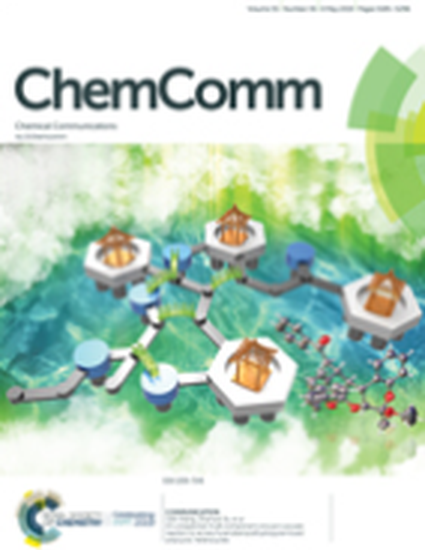
Article
No Title
Chemical Communications
(2019)
Abstract
Throughout the design and development of supramolecular receptors for anion binding, many different non-covalent anion-binding motifs have been employed. One motif seen in many host–guest systems is the sometimes weaker, ‘non-traditional’ aryl CH hydrogen bond. From June Sutor's discovery of the interaction and its subsequent dismissal by the field in the 1960s to today's use of the aryl CH hydrogen bond in synthetic anion receptors, the path our lab took to begin studying this interaction has been influenced by many other researchers in the field. This feature article highlights the history and properties of the CH hydrogen bond, with a particular focus on aryl CH hydrogen bonds in anion recognition. We highlight select recent developments in the field of anion receptors utilizing aryl CH hydrogen bonds, with an emphasis on how this has influenced the evolution of our approach in designing fundamental studies on CH hydrogen bonding and exploiting this interaction in efforts aimed toward preferential anion binding.
Disciplines
Publication Date
May 8, 2019
DOI
10.1039/C9CC01460H
Citation Information
Lisa M. Eytel, Hazel A. Fargher, Michael M. Haley and Darren W. Johnson. "No Title" Chemical Communications Vol. 55 Iss. 36 (2019) p. 5185 - 5296 Available at: http://works.bepress.com/lisa-eytel/9/
